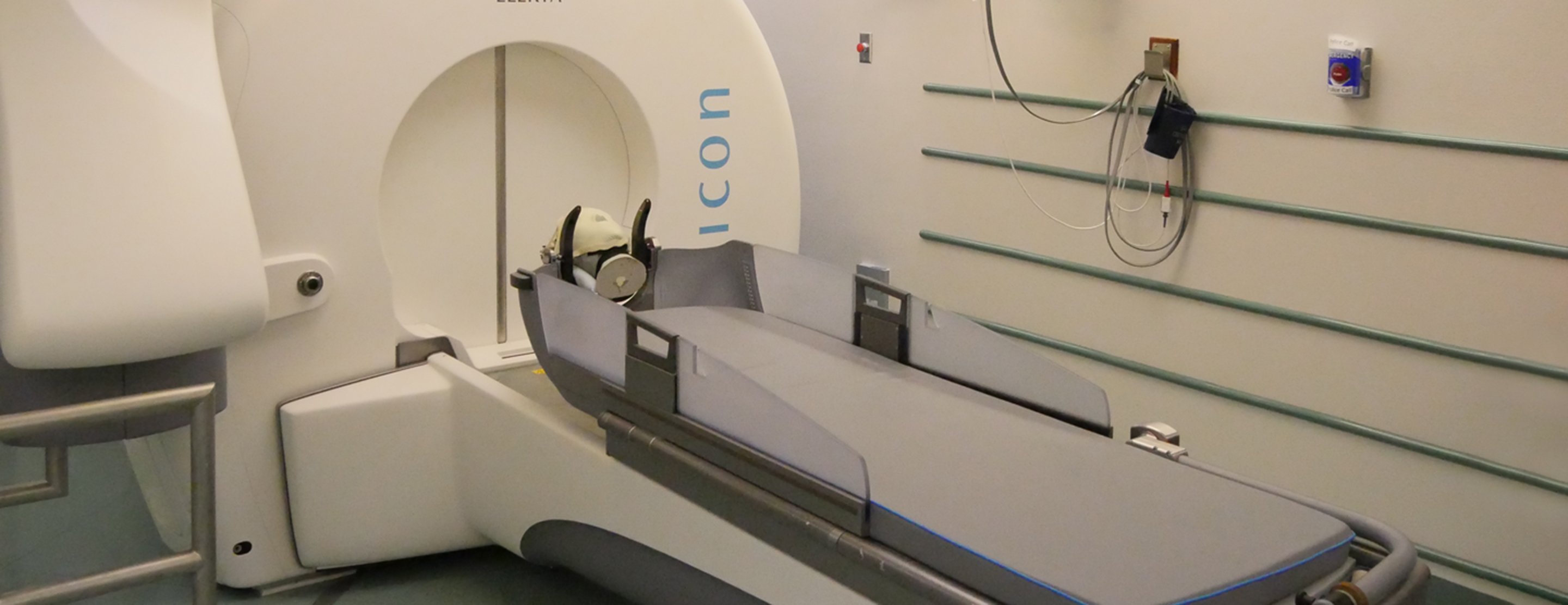What is Gamma Knife radiosurgery?
Despite its name, the Gamma Knife isn't a knife. It is a machine that delivers a single, finely focused, high dose of radiation to its target, while causing little or no damage to surrounding tissue. The Gamma Knife can treat small tumors and tiny areas of abnormal tissue without harming healthy tissue. Patients with serious disorders can be treated with this noninvasive procedure in one day and don't need to stay in the hospital overnight.
The Gamma Knife uses gamma rays – a form of high-energy electromagnetic radiation – to target specific areas of the body. The Gamma Knife is an advanced type of radiosurgery, a treatment technique that delivers precise and concentrated radiation doses.
This treatment is mainly used for brain disorders such as brain tumors, arteriovenous malformations, epilepsy, trigeminal neuralgia. Another radiosurgery device called the CyberKnife may be used for conditions that affect other areas of the body, like the spine or spinal cord.
Because radiation exposure to other parts of the body is extremely low in radiosurgery procedures, they're considered a good option for children and women of childbearing age. The Gamma Knife procedure is much the same for children as adults. But certain aspects such as anesthesia, imaging tests, recovery and treatment timeline, are tailored to their needs.
Our approach to Gamma Knife
UCSF launched our Gamma Knife Radiosurgery Program in 1991. Since then, we have treated thousands of patients using this technique.
If you're a potential candidate for Gamma Knife treatment at UCSF, your case will be reviewed at our weekly Gamma Knife conference. This review is done by a team of neurosurgeons, radiation oncologists, physicists, neuro-radiologists, neuro-oncologists, nurses and radiation therapists. If you undergo Gamma Knife treatment at UCSF, this group will review your follow-up scans to ensure you received the best care possible. Your primary doctor will be consulted throughout this entire process.












